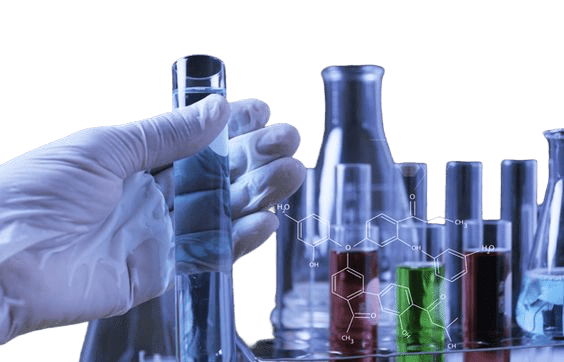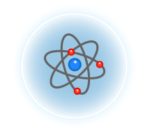Environmental Testing
- Afrikaans
- Albanian - shqipe
- Arabic - العربية
- Armenian - Հայերէն
- Azerbaijani - azərbaycanca
- Basque - euskara
- Belarusian - беларуская
- Bengali - বাংলা
- Bulgarian - български
- Catalan - català
- Chinese - 中文(简体中文)
- Chinese - 中文 (繁體中文)
- Croatian - hrvatski
- Czech - čeština
- Danish - dansk
- Dutch - Nederlands
- English
- Esperanto - esperanto
- Estonian - eesti
- Filipino
- Finnish - suomi
- French - français
- Galician - galego
- Georgian - ქართული
- German - Deutsch
- Greek - Ελληνικά
- Gujarati - ગુજરાતી
- Haitian Creole - kreyòl ayisyen
- Hebrew - עברית
- Hindi - हिन्दी
- Hungarian - magyar
- Icelandic - íslenska
- Indonesian - Bahasa Indonesia
- Irish - Gaeilge
- Italian - italiano
- Japanese - 日本語
- Kannada - ಕನ್ನಡ
- Korean - 한국어
- Latin - Lingua Latina
- Latvian - latviešu
- Lithuanian - lietuvių
- Macedonian - македонски
- Malay - Bahasa Melayu
- Maltese - Malti
- Norwegian - norsk
- Persian - فارسی
- Polish - polski
- Portuguese - português
- Romanian - română
- Russian - русский
- Serbian - Српски
- Slovak - slovenčina
- Slovenian - slovenščina
- Spanish - español
- Swahili - Kiswahili
- Swedish - svenska
- Tamil - தமிழ்
- Telugu - తెలుగు
- Thai - ไทย
- Turkish - Türkçe
- Ukrainian - українська
- Urdu - اردو
- Vietnamese - Tiếng Việt
- Welsh - Cymraeg
- Yiddish - יידיש
Double-click
Select to translate
![]()
- Afrikaans
- Albanian - shqipe
- Arabic - العربية
- Armenian - Հայերէն
- Azerbaijani - azərbaycanca
- Basque - euskara
- Belarusian - беларуская
- Bengali - বাংলা
- Bulgarian - български
- Catalan - català
- Chinese - 中文(简体中文)
- Chinese - 中文 (繁體中文)
- Croatian - hrvatski
- Czech - čeština
- Danish - dansk
- Dutch - Nederlands
- English
- Esperanto - esperanto
- Estonian - eesti
- Filipino
- Finnish - suomi
- French - français
- Galician - galego
- Georgian - ქართული
- German - Deutsch
- Greek - Ελληνικά
- Gujarati - ગુજરાતી
- Haitian Creole - kreyòl ayisyen
- Hebrew - עברית
- Hindi - हिन्दी
- Hungarian - magyar
- Icelandic - íslenska
- Indonesian - Bahasa Indonesia
- Irish - Gaeilge
- Italian - italiano
- Japanese - 日本語
- Kannada - ಕನ್ನಡ
- Korean - 한국어
- Latin - Lingua Latina
- Latvian - latviešu
- Lithuanian - lietuvių
- Macedonian - македонски
- Malay - Bahasa Melayu
- Maltese - Malti
- Norwegian - norsk
- Persian - فارسی
- Polish - polski
- Portuguese - português
- Romanian - română
- Russian - русский
- Serbian - Српски
- Slovak - slovenčina
- Slovenian - slovenščina
- Spanish - español
- Swahili - Kiswahili
- Swedish - svenska
- Tamil - தமிழ்
- Telugu - తెలుగు
- Thai - ไทย
- Turkish - Türkçe
- Ukrainian - українська
- Urdu - اردو
- Vietnamese - Tiếng Việt
- Welsh - Cymraeg
- Yiddish - יידיש
Double-click
Select to translate
For water quality monitoring, we offer multiple techniques for the analysis of drinking water, surface water, groundwater, and wastewater to comply with legislation and regulations. The Safe Drinking Water Act (SDWA) and the Clean Water Act (CWA) are the two important environmental laws governing water regulations in the United States. These laws require the U.S. Environmental Protection Agency (EPA) to set regulatory standards and approve analytical methods for testing drinking water and wastewater discharged to surface water.
See how we provide reliable, accurate, and precise results with advanced analytical technologies. Learn how our solutions help your compliance monitoring.

Product Categories

Algal Toxins
The precise measurement of algal toxins is essential for the effective management of water resources


Food Safety Tests
Preserve the quality of food to prevent contamination and food-borne illnesses.


Microorganisms
Testing includes bacteria, viruses, and protozoa that can cause illness if consumed in large enough quantities.


Inorganic contaminants
These include minerals and other chemical elements that can be found in water, such as lead, arsenic, fluoride, and nitrates.


Disinfection by-products
Testing is for chemical compounds that are created when disinfectants such as chlorine are used to treat water.


Organic contaminants
These include chemicals that are created by human activities, such as pesticides, herbicides, and industrial chemicals.


Radionuclides
Testing include radioactive elements that can be found in water, such as radium and uranium.





